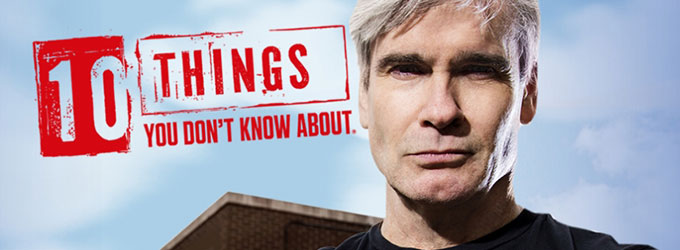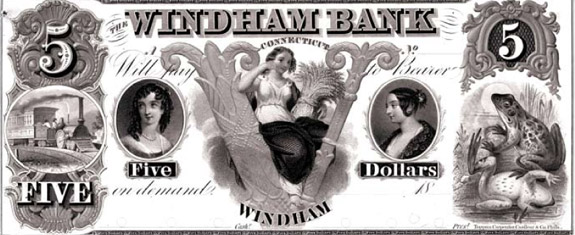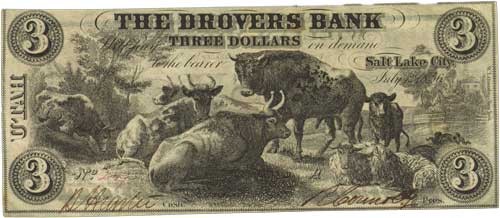 Earlier this year, punk rocker turned History Channel program host Henry Rollins visited the Los Angeles Branch of the San Francisco Fed to film an episode for his 10 Things You Don’t Know About series.
Earlier this year, punk rocker turned History Channel program host Henry Rollins visited the Los Angeles Branch of the San Francisco Fed to film an episode for his 10 Things You Don’t Know About series.
Rollins and the show’s producers wanted to focus on a relatively obscure era in our nation’s currency history – when currency circulating in Hawaii was replaced with specially marked notes in anticipation of a potential invasion by Japan during World War II. Fed Historian Gary Richardson was interviewed about these “Hawaii notes.”
Rollins also interviewed Cash Director Rita Aguilar about the Fed’s cash operations and the use of the shredded currency to generate electricity.
Watch the episode when it airs this Saturday, October 11th, at 10:00pm ET / 11:00pm PT on H2.
The program will also be available on History.com, iTunes, and Amazon.
Also, in case you missed it: Five Things You May Not Know About Money
Andrea Abrams contributed to this post. Photo via.


